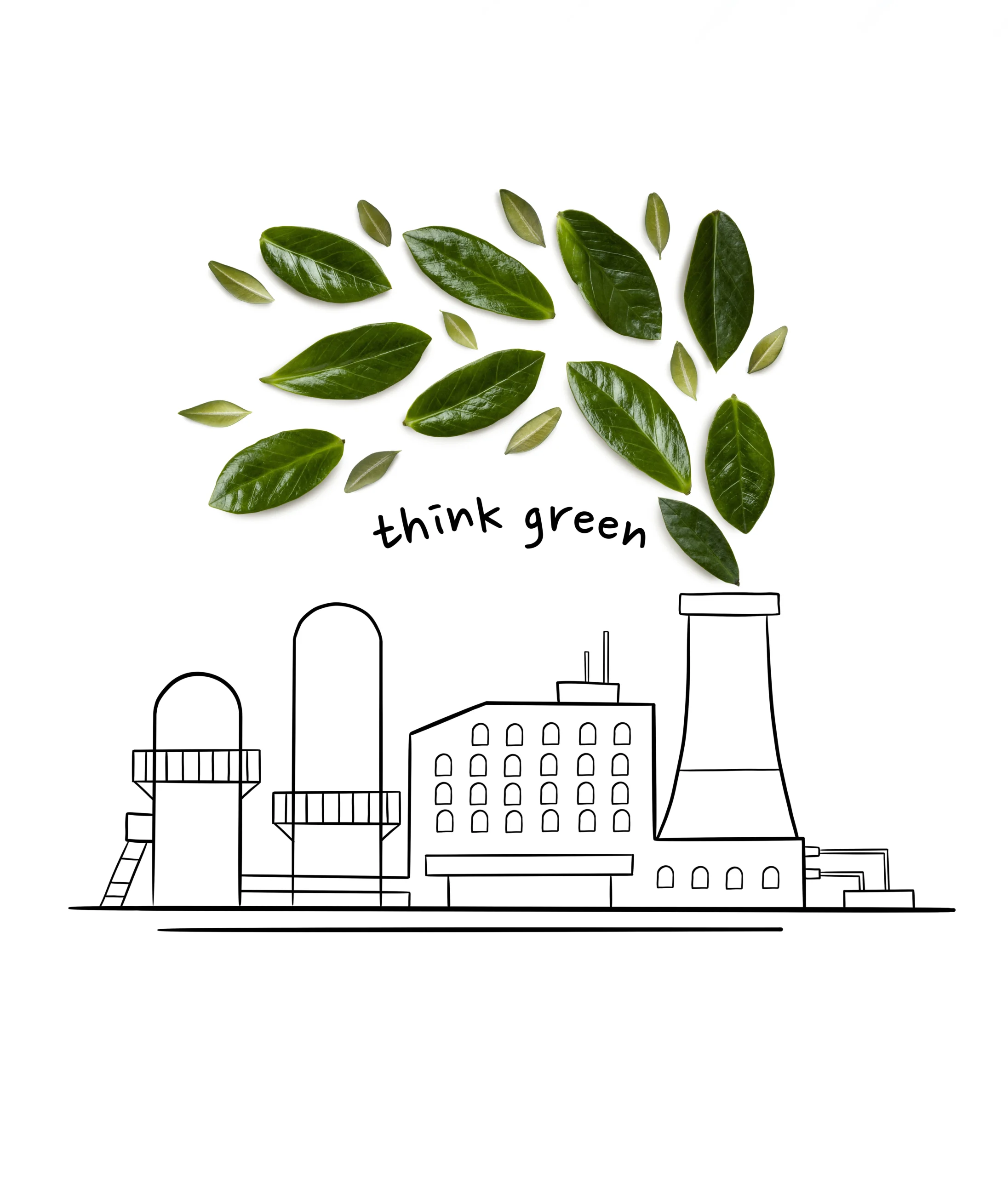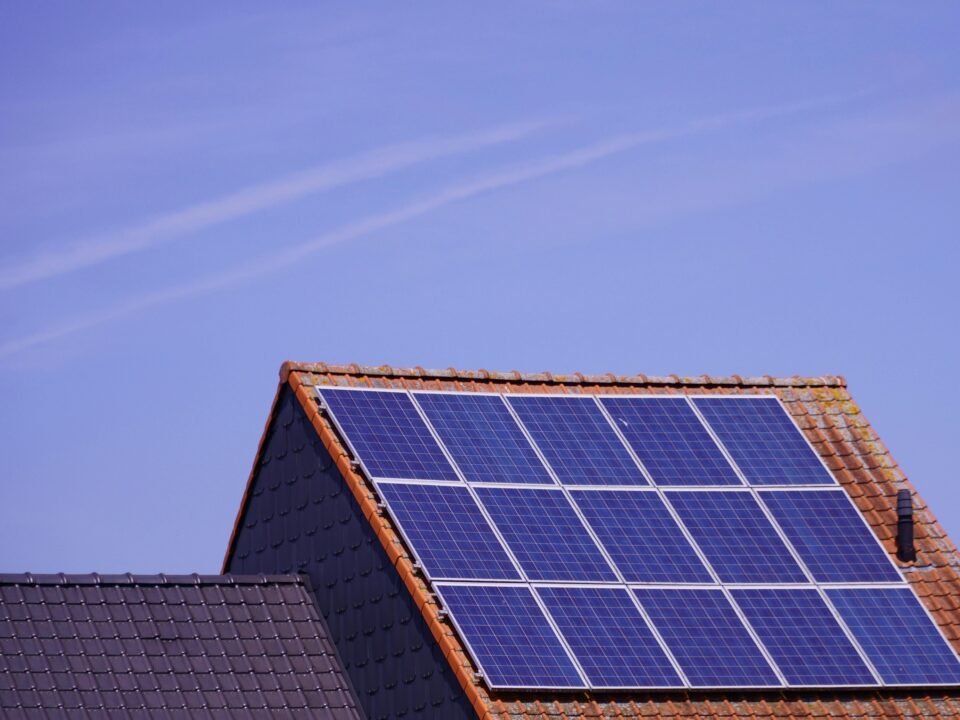As the demand for clean energy solutions rises, biogas uses have become a key topic in the global shift toward sustainability. Biogas, produced through the anaerobic digestion of organic materials like animal waste, food scraps, and plant matter, is a renewable energy source with wide-ranging applications. From households to large-scale industries, the benefits of biogas are being tapped into more than ever before.
In this article, we’ll explore the diverse biogas uses across homes, farms, and industries—and why it’s a game changer for energy and waste management.
What is Biogas?
Biogas is a mixture of methane and carbon dioxide, created when organic matter decomposes in the absence of oxygen. It can be used directly as fuel or refined into biomethane for higher efficiency. With proper technology and awareness, biogas uses can significantly reduce reliance on fossil fuels, improve waste handling, and support a circular economy.
Biogas Uses in Homes
In the residential sector, biogas uses have grown thanks to the push for sustainable living and cleaner cooking options.
1. Cooking Fuel
Biogas stoves are a cleaner, healthier alternative to wood or charcoal. They burn without smoke, making cooking safer and more environmentally friendly.
2. Heating and Hot Water
Homeowners can use biogas for water heaters and space heating, reducing electricity bills while minimizing environmental impact.
3. Power Generation
Small-scale generators powered by biogas can supply electricity for lights and appliances—especially useful in rural or off-grid locations.
Biogas Uses on Farms
Farms offer excellent potential for biogas uses due to the constant supply of organic material like manure and crop residue.
1. Waste to Energy
Farmers can turn waste into energy, using biogas for electricity and heat. This reduces operational costs and manages waste more effectively.
2. Vehicle Fuel
When upgraded, biogas becomes biomethane, which can be used to fuel tractors or farm vehicles—cutting down on diesel consumption.
3. Fertilizer Production
The by-product of biogas production, known as digestate, serves as a natural fertilizer, reducing the need for chemical inputs.
Biogas Uses in Industry
Large industries are leveraging biogas uses to improve efficiency and meet sustainability targets.
1. Combined Heat and Power (CHP)
CHP systems use biogas to generate both electricity and heat. This dual-purpose use increases energy efficiency and reduces fuel expenses.
2. Industrial Heating
Factories can use biogas in boilers and furnaces to meet high heat demands without relying on conventional fuels.
3. Wastewater Treatment
Many industrial plants use anaerobic digesters in wastewater treatment, producing biogas that is then repurposed on-site for energy.
The Future of Biogas Uses
As technology evolves, new biogas uses are emerging in transportation, smart city infrastructure, and decentralized energy networks. With governments supporting renewable energy initiatives and the private sector seeking greener alternatives, biogas is set to become an integral part of the energy mix.
Conclusion
From kitchen stoves to industrial boilers, the potential for biogas uses is enormous. It’s not just about reducing emissions—it’s about turning waste into opportunity, lowering costs, and creating a more sustainable future.
If you’re considering how to integrate renewable energy into your home, farm, or business, exploring biogas uses could be the perfect place to start.
Biogas is more than just an alternative fuel—it’s a multi-purpose, sustainable energy solution with a wide array of applications in homes, farms, and industries. From cooking meals to powering entire industrial operations, the uses of biogas are not only diverse but also essential in the journey toward energy independence and environmental sustainability.
As awareness grows and infrastructure improves, we can expect to see even more creative and impactful biogas uses in the coming years. Whether you’re a homeowner, a farmer, or an industrial operator, embracing biogas could be your next big step toward a cleaner, greener future.



